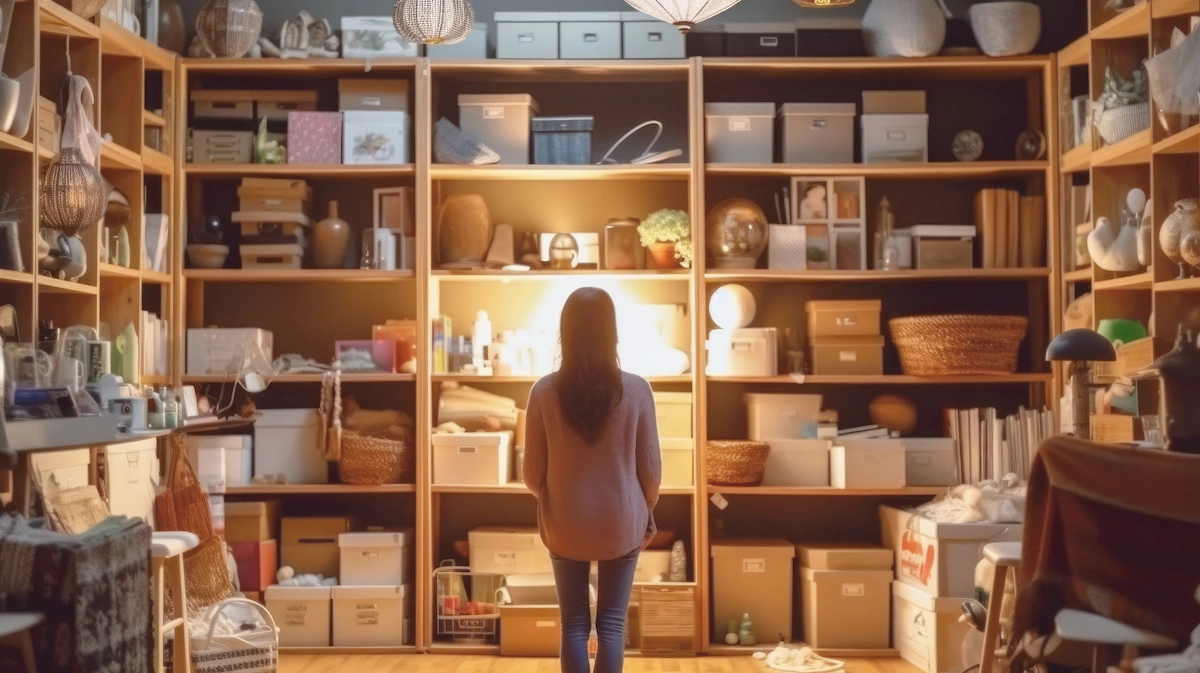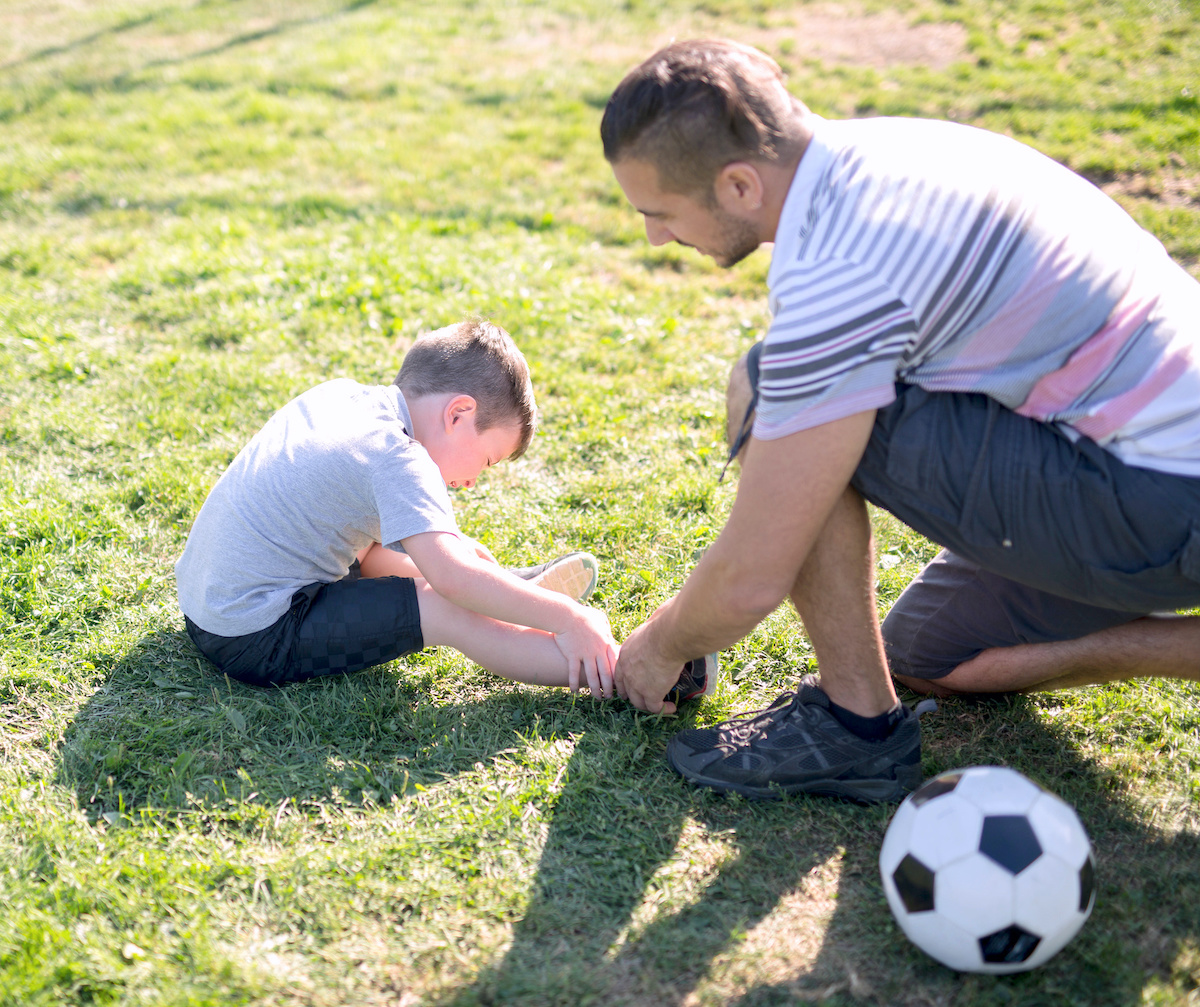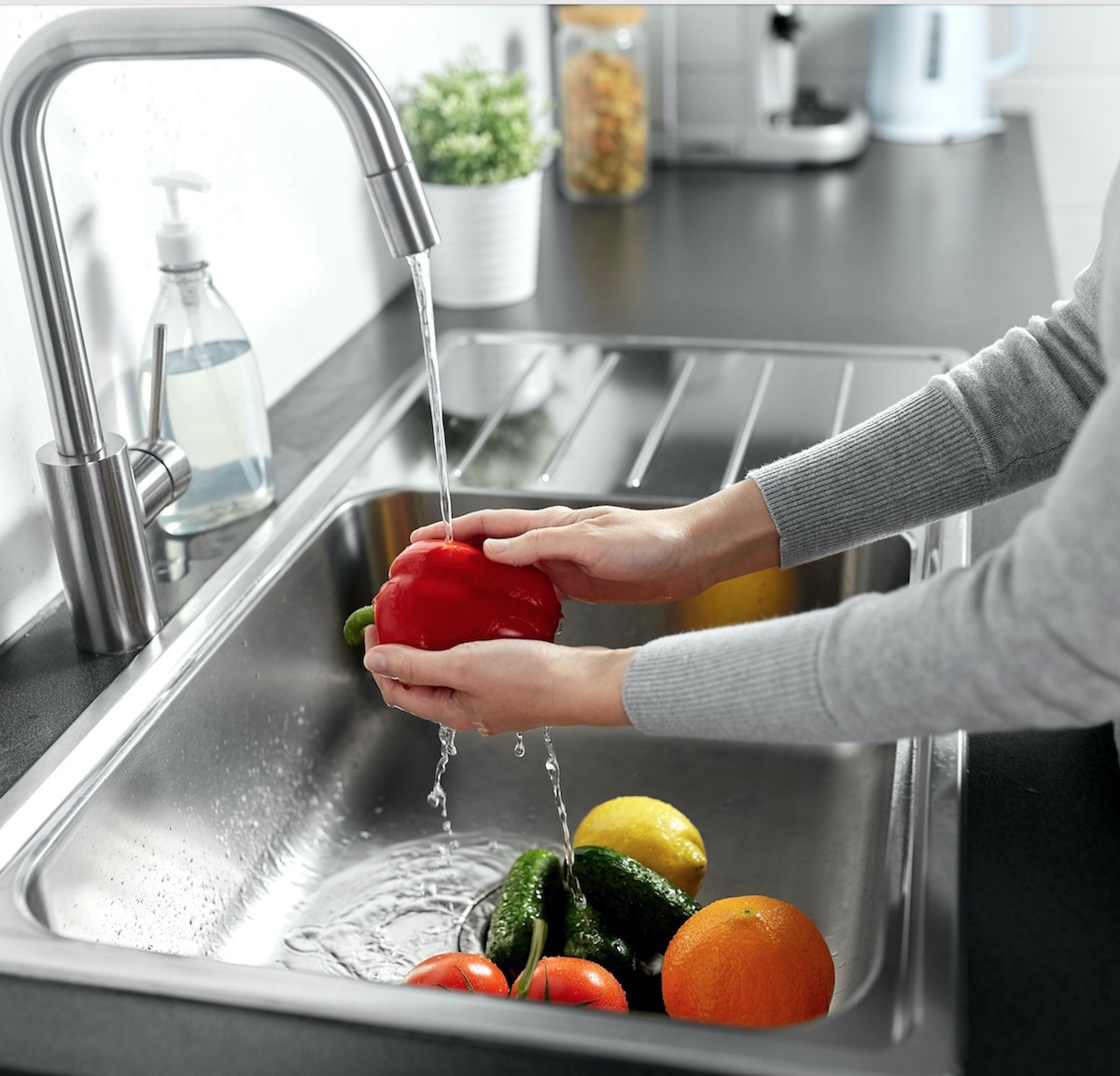
Books and baseball cards, bills and bicycle wheels. If your stuff is getting out of control, you’re not alone. Millions of people struggle to let go of their accumulated belongings.
For some, this is more than just a little clutter or a household annoyance. An estimated 2% to 6% of Americans have a psychological condition called hoarding disorder. In either case, too much clutter can complicate your life—and affect your relationships with friends and family who are disturbed by the mess and unsanitary conditions.
Whether you or a loved one just needs a good spring cleaning or help from a doctor, there are effective ways to manage messes and regain control of your belongings.
Hoarder or collector? A key distinction between a hoarder and a collector is when the accumulation of stuff begins to interfere with daily life. As possessions build up, the health, safety and well-being of the hoarder may be at risk. Hoarders may save items they believe will be needed or have value in the future, or that have important emotional significance. Hoarders may also save random items, like napkins, magazines and containers. They may even collect pets.
The risks of hoarding include Increased risk of falls and fires; Poor health due to lack of hygiene, difficulty preparing food and getting sleep; Social isolation, loneliness, family conflict or estrangement, and conflicts with local authorities; Difficulty keeping a job; Housing difficulties, like having heat or electricity cut off, a home forcibly cleaned or condemned, or getting evicted. Hoarding tends to run in families. Most of the time, it accompanies other mental issues, like depression, obsessive-compulsive disorder, alcohol dependence, dementia or anxiety.
Helping a hoarder downsize: If you’re supporting someone in a hoarding situation, help downsize belongings with this advice:
- Encourage the person to remain focused. People with hoarding disorder often are easily distracted.
- Express compassion and empathy. It’s not helpful to act like a drill sergeant. And it’s important that the owner of the belongings actively participates in removing unneeded stuff.
- Manage your own patience. Usually, it’s best to set specific time limits on how long you will coach.
- Encourage the person to seek professional help. The primary treatment for hoarding is cognitive behavioral therapy. Home visits by therapists or other professionals can also help provide coaching on the steps and skills needed to make changes.
A de-cluttering game plan: When you’re ready to clean a messy room, or help someone else with the task, gather supplies and a strategy before you begin. Some tips:
- Have a landing spot for everything. Clearly mark folders or bins for things to be kept. And for things to be tossed, set up four containers with different labels: Trash. Recycle. Donate. Sell.
- Ask the same hard questions of every item. Do I need it? Do I have a plan to use it? Have I used it in the last year? Do I have enough space to keep it? Make every item justify its continuing presence.
- Pace yourself. Give yourself breaks. If you feel overwhelmed, stop. It can be a stressful process. Rushing things or pushing through severe anxiety can be counterproductive.
- Have an exit strategy. Put garbage and recycling bins outside immediately after your de-cluttering session. Drop off donations right away, and place ads for everything you’re going to sell. Things allowed to linger are less likely to be removed.
Source: https://www.mayoclinic.org/connected-care/collecting-or-hoarding-how-to-tell-the-difference/; Reference: “Lose the clutter”. Mayo Clinic Health Letter. Mayo Clinic. March 2020.









